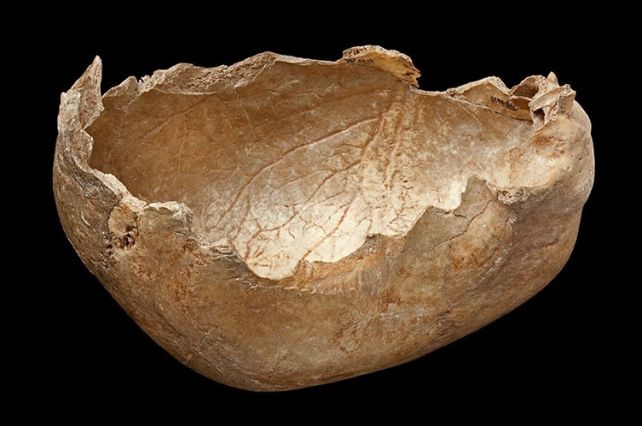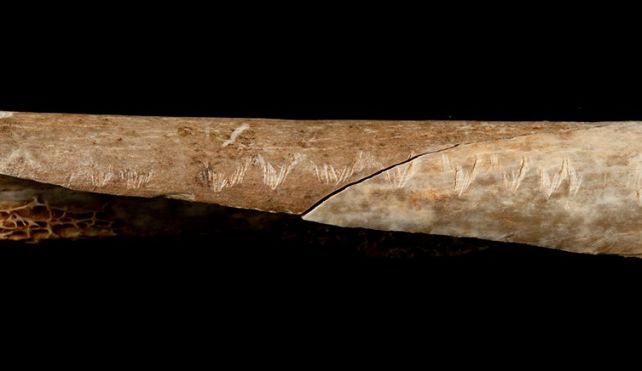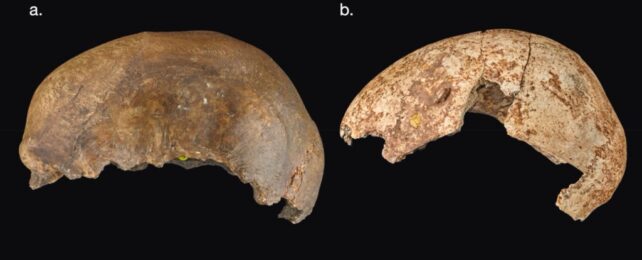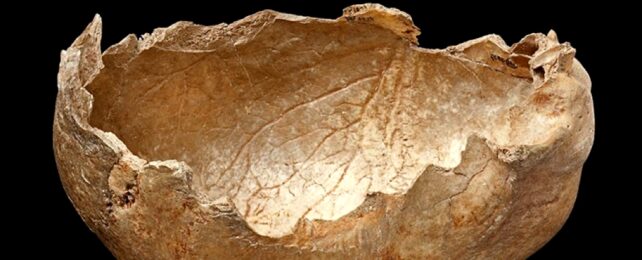The rituals with which we humans farewell our dead have varied from time to time and from place to place. But one funerary practice thought perhaps relatively rare seems to have been more widespread than we thought.
A new analysis of Paleolithic human remains from across Northern Europe suggests cannibalism was a normal cultural practice, performed as a matter of course across a much larger geography than previously identified.
The people of this time in Europe, some 15,000 years ago, were known as the Magdalenian culture, and the new findings indicate that cannibalism was a widespread Magdalenian funerary behavior.
"Instead of burying their dead, these people were eating them," explains paleoanthropologist Silvia Bello of the Natural History Museum in London.
"We interpret the evidence that cannibalism was practiced on multiple occasions across north-western Europe over a short period of time, as this practice was part of a diffuse funerary behavior among Magdalenian groups. That in itself is interesting, because it is the oldest evidence of cannibalism as a funerary practice."

Although time has worked its ravages on most of humanity's history, the Magdalenian culture left behind a fairly rich record of their art and technology – the stone and bone artifacts with which they worked and beautified their lives. We also have many of their bones, preserved down the millennia.
What we don't have is a particularly good understanding of their funerary practices. Archaeologists had collected hints that these practices might have been quite different from those of today; in particular, bones from Gough's Cave in the Cheddar Gorge – yes, the home of the famous Cheddar Man – showed evidence of cannibalism.
Cannibalism is thought to be rare for humans. But other Magdalenian assemblages, Bello and fellow archaeologist William Marsh of the Natural History Museum note, showed possible signs of it, suggesting Gough's Cave may not have been some weird outlier.
The pair set about a thorough examination of the topic, conducting a review of the published literature to look for evidence of cannibalism across Europe. That didn't mean just the Magdalenians. Europe during the Upper Paleolithic, was home to two distinct cultures. The Magdalenians scattered across the north-west. The south-east was home to the Epigravettians.
Bello and Marsh studied 59 sites, both Magdalenian and Epigravettian. They found evidence of funerary practices in 25 of these sites. At 10 of those sites, the dead seem to have been buried, and left alone once laid to rest.
But at 13 of the sites, human bones showed signs of postmortem manipulation – cut and tooth marks associated with butchering, eating, and repurposing the bones to be used as tools and vessels, such as cups or bowls made from human skulls. The remaining two sites showed evidence of both burial and cannibalism.

What's interesting is that all the evidence of cannibalism was found in Magdalenian sites.
"The fact that we find cannibalism being practiced often on multiple occasions in over a short period of time, in a fairly localized area and solely by individuals attributed to the Magdalenian culture, means we believe this behavior was one that was performed widely by the Magdalenian, and was therefore a funerary behavior in itself," Marsh says.
The team also performed genetic analysis on bones associated with these funerary rites. They found that the culture that buried their dead – the Epigravettians – was genetically distinct from the culture that ate theirs, the Magdalenians. Evidence also suggests that Epigravettian culture lasted several thousand years longer than Magdalenian. And burial became the dominant means for dealing with the dead.

All combined this suggests that rather than the two cultures merging, with one set of cultural practices becoming more accepted, the Epigravettians replaced the Magdalenians.
"At this time, during the terminal period of the Paleolithic, you actually see a turnover in both genetic ancestry and funerary behavior. The Magdalenian associated ancestry and funerary behavior is replaced by Epigravettian associated ancestry and funerary behavior, indicative of population replacement as Epigravettian groups migrated into north-western Europe," Marsh explains.
"We believe that rather than being an example of transcultural diffusion, the change in funerary behavior identified is an example of demic diffusion where essentially one population comes in and replaces the other population."
Further research, Marsh and Bello say, will need to be undertaken to understand this grisly funerary practice.
The research has been published in Quaternary Science Reviews.
